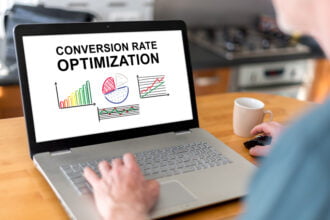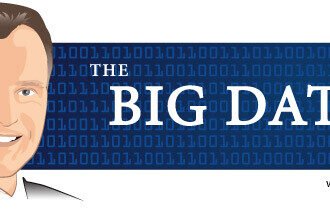In the ever-changing world of computing and data analytics, organizations are increasingly overcoming the technological constraints that come with the “data age” by transitioning from relational databases to graph databases.
In the ever-changing world of computing and data analytics, organizations are increasingly overcoming the technological constraints that come with the “data age” by transitioning from relational databases to graph databases.
The relational model was established in the 1960s and is still regularly deployed today. However, it was not built in anticipation of the big data movement – which deals with a rapidly increasing volume and variety of data sources. Consequently, companies are seeing the benefits of “upgrading” to the semantic graph model – an enhanced, contemporary version of relational databases.
A number of technological advancements over the past two decades have helped propel operational database technology forward, such as storage improvements and greater in-memory and CPU capabilities. As a result, the relational model expanded into the semantic graph database. This graph-based model can do everything that relational systems can do, but also offers unprecedented flexibility and the ability to reasonably accommodate much richer varieties of data at volume.
Semantic graph databases enhance technology, database fundamentals, and the skills required to use them in a way that makes databases better, faster and cheaper than ever before. The capabilities of graph exceed those of relational simply because database necessities are easier to use and manage in a semantic graph environment. Concerns about schema and structure no longer apply in this environment. Organizations merely take their existing data and evolve a unified model based on standards to which additional sources and requirements must adhere.
In addition, semantic graph databases make it possible to link all enterprise data and encompass them in a single query. This approach eliminates the myriad, linear steps that other technologies require to traverse through large quantities of data. The practicality of these realities is demonstrated in use cases pertaining to intelligence, fraud detection, and pharmaceutical testing. The databases allow users to query various factors related to a pressing application. Those factors frequently include multiple types of data and their relationships to one another, which are easily distinguished in a standards-based environment.
The development of database technology is one of the defining achievements of the IT era. It has not only been the key to improving record-keeping and business process automation but has also enabled enterprises to collect and manage analytic insights from stored data at faster speeds and at a less expensive cost.









